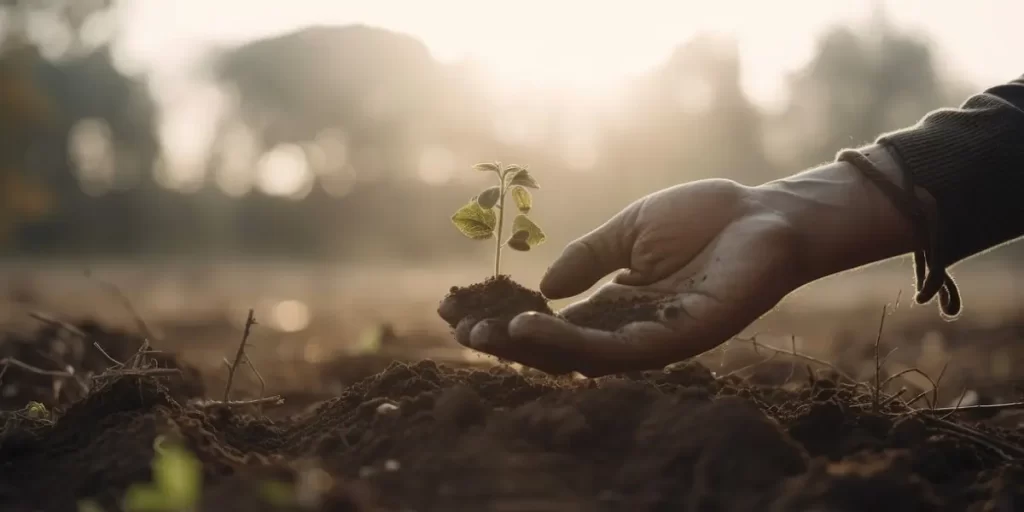
Autumn, Not Spring, Is the True Beginning of the Market Gardening and Flower Farming Year
When you think of the farming year, you probably imagine spring as the starting point—seedlings bursting from the soil, buds swelling on trees, and the entire landscape gradually coming to life. But for us here at Bare Acre Farm, the true beginning of the year isn’t in the vibrant days of spring but in what most consider the quieter, more reflective months of autumn.
September and October mark a critical period for us when the foundations for the coming year’s crops are laid—and where success or failure begins. In Ireland, where the climate is temperate and the growing season is long, autumn serves as a crucial transition period in both market gardening and flower farming. Far from being a time of rest and contemplation, September and October are dynamic months filled with essential tasks that set the stage for the year ahead.
The Importance of Autumn on Our Tiny Farm
Soil Preparation and Conditioning
The soil is the heart of Bare Acre Farm, and autumn is the best time for us to nurture it. After a season of intense growth, harvesting, and potential nutrient depletion, the soil requires attention. Autumn is the ideal time for us to reshape existing beds or build new ones and to apply heavy top dressings of compost, green manures, or other organic matter to replenish soil fertility. These amendments will cover, protect, and feed the soil and its many organisms over the winter, enhancing soil structure and providing essential nutrients for next year’s crops.
Sowing Winter and Overwinter Crops
While it might seem counterintuitive, autumn is one of our busiest times for sowing and planting certain crops and flowers. Our first big autumn sowings happen in the first and second weeks of September, when we seed the first tranche of our winter salads, herbs, and vegetables. These include lettuce for winter salad bags, Asian greens for our spicy mix, kale, pak choi, and spinach for November to December harvests indoors. A second batch of salads will be sown in mid-October for March to April harvests.
The last of the hardy vegetables, including garlic, possibly onions, and broad beans, will be seeded and planted in late October so they can establish strong roots before winter sets in. These crops will overwinter and resume growth in the spring, giving us crops to harvest in late spring 2025.
On the flower front, mid-September is when we sow hardy annuals like sweet peas, larkspur, foxglove, sweet william, and many others (we’ll actually seed 22 different types of flowers in September). These seedlings are raised in modules to be planted both inside and outside in mid-October, where they can benefit from the cool, damp conditions of the Irish autumn and get well established over winter. By the time spring arrives, they will be big, healthy plants ready to burst into bloom, providing flowers from late April to early July.
The same applies to the new batch of perennials that we will order. Autumn planting will give them time to settle into their new environment, establish roots, and begin drawing nutrients from the soil. Come spring, they can focus on above-ground growth, resulting in stronger, more resilient plants.
Bulb Planting for Spring Blooms
Somewhere in a dark corner of a warehouse in Holland are several packs of Narcissus, tulips, iris, gladioli, alliums, and other bulbs that are part of the Bare Acre Farm bulb order—close to 10,000 in total. All of these will arrive between late September and early November for immediate planting.
Late October and November are the busiest months for planting spring-flowering bulbs. Tulips, daffodils, and all the other autumn-planted bulbs go in during these months to ensure we have stunning cut flowers during March and early April 2025. The cool temperatures of autumn are ideal for bulb planting, as they encourage root development without stimulating too much top growth, which could be damaged by winter frosts.
The final bulbs (actually corms) to be planted will be our overwintered ranunculus. These beautiful flowers, with their rose-like blooms, form the backbone of our cut flower bunches for about six weeks in late spring. The corms will arrive with us in mid-October and will be pre-sprouted in the dark and at low temperatures. After pre-sprouting, which takes about two weeks, they will be planted in one of our polytunnels in November. The last bulbs to be planted are the prepared Paper-whites—beautifully scented miniature Narcissus that we plant for forcing in November and offer for sale in containers as living centerpieces for your Christmas table.
A Busy Autumn at Bare Acre Farm
If you visit the farm over the coming weeks, you may notice some work going on. As well as our usual tasks of sowing, planting, and harvesting, we are working on some infrastructure improvements. We will be planting new hedging around the paddock and establishing winter habitat for our many songbirds.
There are still many areas of the farm that we need to improve, and autumn and winter give us the time to see to some of that. In addition to infrastructural work, sowing, and planting, autumn is also a time for practical tasks. By the time we reach mid-November, the bulk of the planting and early winter projects will be completed, and we can turn our attention to other maintenance tasks. This includes repairs to our old polytunnels, moving and rewiring our heated benches in preparation for spring sowing, and improving our existing irrigation systems to ensure that everything is in good working order for the next growing season.
Tool maintenance is another important task. Clean, sharpened, and well-maintained tools make all the difference in the efficiency and ease of work during the busy months of spring and summer. Taking the time in autumn to care for tools ensures they are ready to perform when they are most needed.
Planning and Crop Rotation
Late winter is when we finally kick back a little. January, when we close the farm, is perfect for planning. This is when Farmer Dave will assess the past year’s successes and failures, considering factors such as crop yields, pest pressures, and changing weather patterns, and plan crop rotations for 2025. This will be the time to order seeds and plan next year’s planting schedules, as well as to consider which new varieties of vegetables and flowers to trial, based on the previous season’s performance and emerging trends in the market. With luck, this work will be done in a warmer climate, and both Dave and Ber will have an opportunity to take some time out before the beginning of a hectic 2025.
